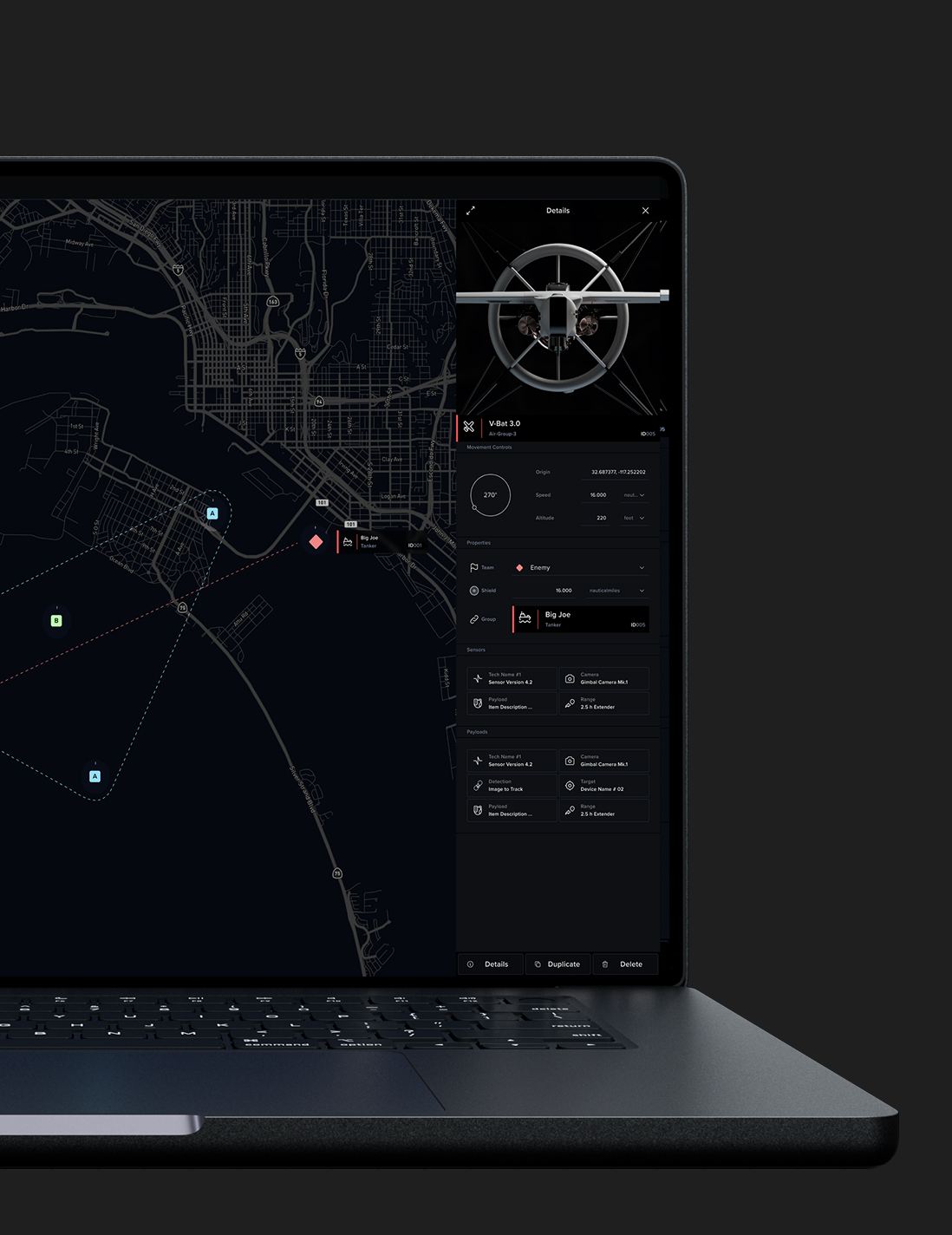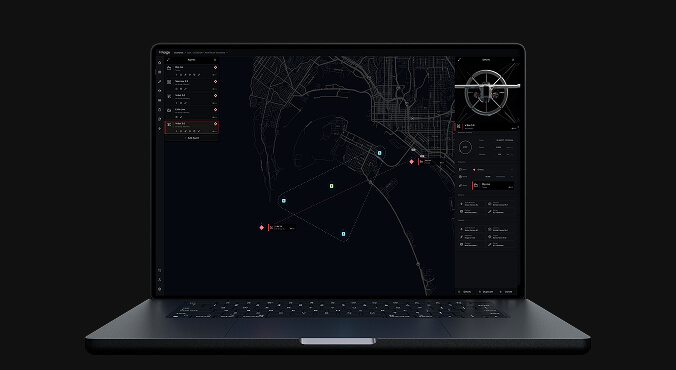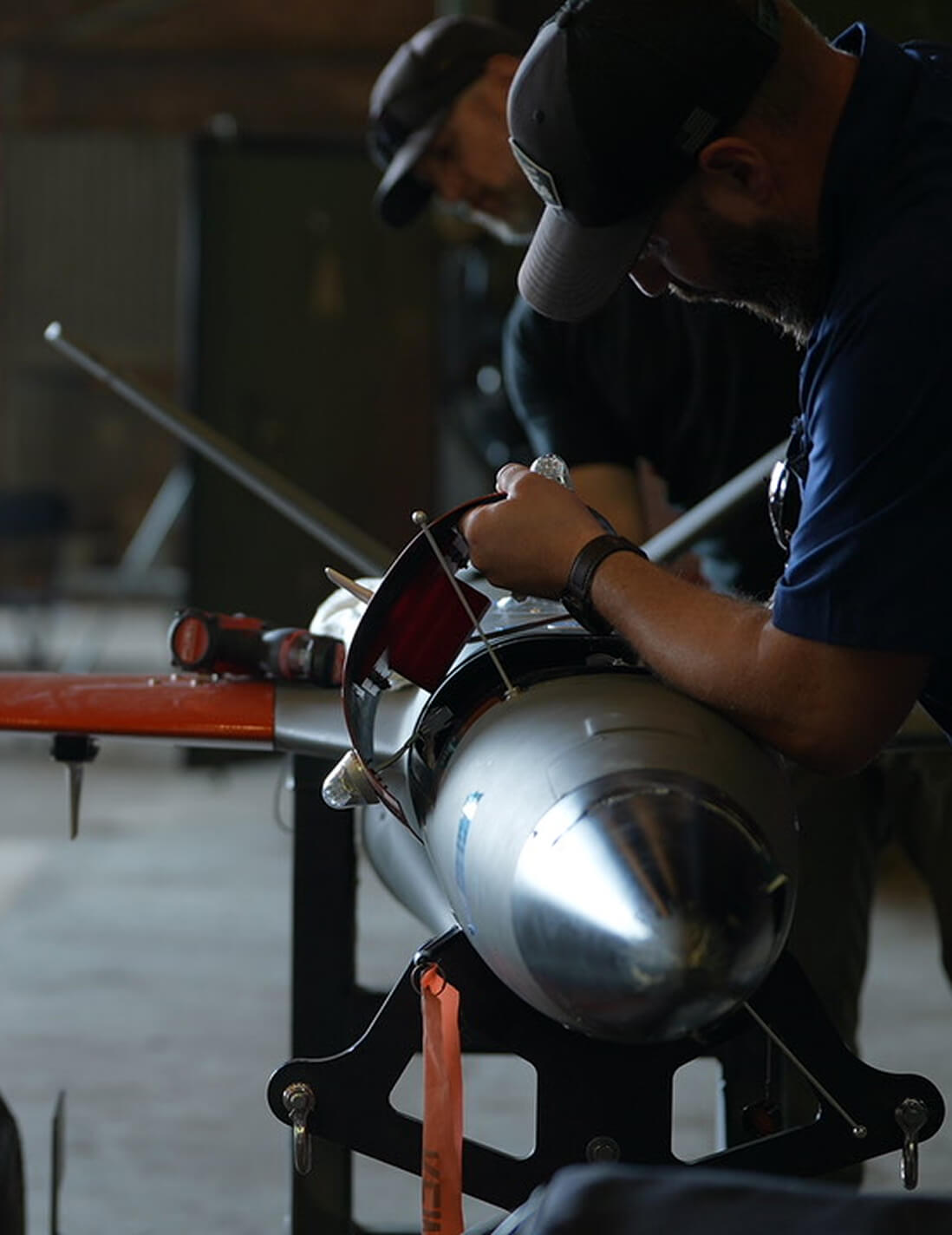[August 11, 2020]
Shield AI Fundamentals: On Learning Methods

What is the difference between supervised, semi-supervised and unsupervised learning?
Within machine learning there are several types of learning methods. There include: supervised learning, semi-supervised learning and unsupervised learning, as well as reinforcement learning.
With supervised learning, you would provide the AI system with example input-to-output pairs of data. From these pairs, the system is able to learn a function that maps an input to an output based on the provided labeled data. That is, supervised learning is a type of machine learning algorithm that infers a function from given examples of paired labeled training data.
On the other end of the spectrum is unsupervised learning. In unsupervised learning the example data is unlabeled and unpaired. Rather, with unsupervised learning the system must infer a function to map an input to an output based upon datasets consisting of input data without labeled outputs.
Semi-supervised learning falls somewhere in between unsupervised learning and supervised learning. Again, it is a learning method in which the system will infer a function based on data provided. For semi-supervised learning, some of the example data will include pairs of inputs with labeled outputs (supervised), while other parts of the dataset will not (unsupervised). Typically, in semi-supervised learning the dataset provided includes a small amount of labeled data and a large amount of unlabeled data.
What are the applications of machine learning?
Machine learning enables artificially intelligent systems to solve problems on their own by identifying the patterns within provided data sets. This is done by analyzing patterns and identifying trends.
Applications of machine learning are wide. They vary from the common applications someone might encounter everyday such as the virtual personal assistant in your smartphone (Siri and Alexa) and the prediction of route traffic patterns in your GPS map, to more complex applications such as a robotic system that learns from its past experiences to optimize its future performance.
Why would you choose to employ one machine learning training model over another?
All three of these types of machine learning discussed above can be applied to a variety of tasks across industry sectors. However, some tasks are better suited to one model over another.
The choice to employ one learning model over another is based on the type of input data available and the question you are looking to assess. For instance, because supervised learning is best suited to assess questions only when there is a set of available labeled input-output pairs with which to train the model, supervised learning is the preferred training method for questions of classification — problems in which we ask the model to classify the input data by identifying it as a member of a particular class. Whereas, in situations where labeled input data is unavailable, employing an unsupervised learning model would be a better choice to organize and analyze the data.









